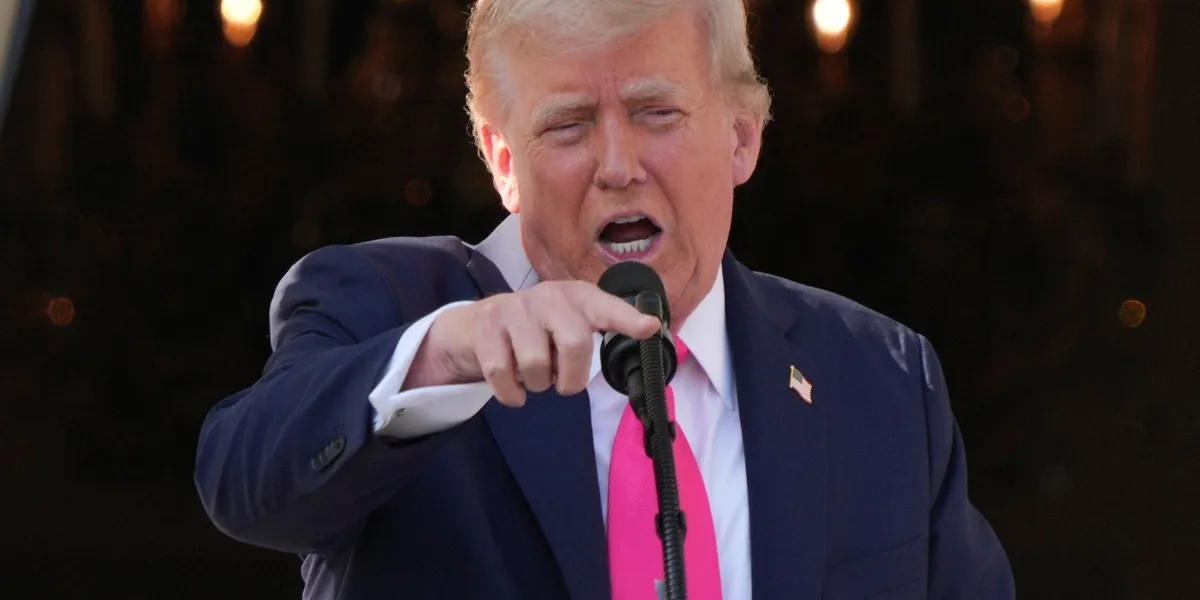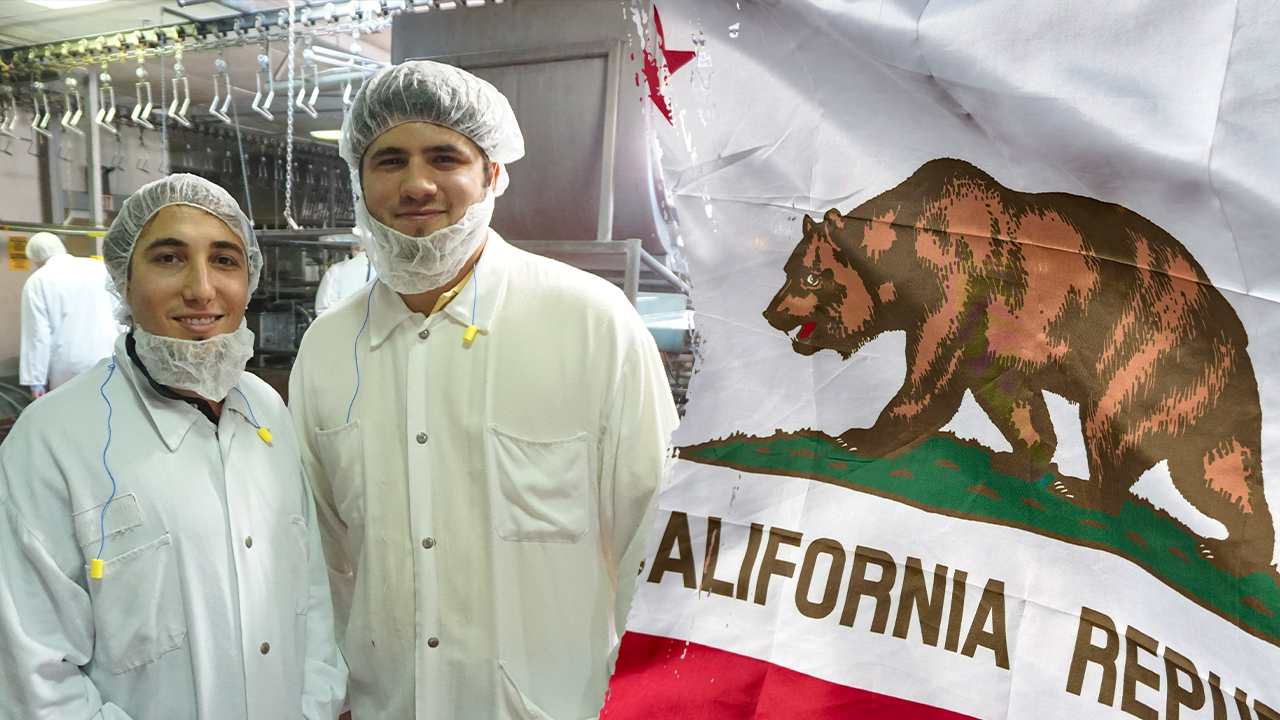Copyright cleveland.com

CLEVELAND, Ohio -- In summer 2021, when many Ohioans were still reeling from pandemic job losses, Gov. Mike DeWine made a controversial decision: he rejected $900 million in federal unemployment benefits, cutting off $300 weekly payments to about 320,000 Ohioans months before the program was set to expire. Now, the Today in Ohio podcast team is examining what’s at stake as the Ohio Supreme Court reconsiders that move — a case that could, at least in theory, force DeWine to seek and distribute those funds. But with five Republican justices expected to hear the case, the hosts said the outcome appears all but decided. “All but one is Republican, and all but one accepted this case. Jennifer Bruner is the only one who voted against it. And then his son, DeWine’s son, Pat DeWine, did not participate in the decision to take it. So it was five to one. So, I mean, we know how this court rules. It’s a very Republican court. I can’t see them siding with the unemployed in this case,” explained podcast co-host Laura Johnston during a recent episode. The legal battle centers on whether the governor was required to participate in the federal program. Plaintiffs argue the benefits were an extension of regular unemployment aid that the state was obligated to distribute, while DeWine maintains it was optional — and within his authority to reject. At the time, he said he withheld the funds to encourage Ohioans to return to the workforce. But as Today in Ohio pointed out, data later poked holes in DeWine’s reasoning. “After DeWine made this decision to hold back the relief funding, labor data showed that his decision did not achieve what he said it would, that cutting off the extra $300 a week didn’t drive Ohioans back to work any faster than in states that kept that aid. In fact, Ohio’s job growth lagged the national average,” noted Leila Atassi. That disconnect, the hosts said, raises a political question as much as an economic one. “So, if the policy didn’t boost employment and it siphoned hundreds of millions in spending from local economies, it raises this brutal question of whether this really was about helping Ohio’s economy. Or was this DeWine’s version of virtue signaling to his party? Was he trying to convey to them that he’d side with business owners over struggling families?” Atassi asked during the podcast discussion. Johnston agreed that politics likely influenced the decision. “It’s entirely possible, because Mike DeWine talks a good game about protecting children and the needy in our state, but then he doesn’t always follow through. And he has had good ideas, like about gun control, but he can’t ever get them passed with the Republicans.” At the time, DeWine was facing backlash from his own party over pandemic restrictions, as GOP lawmakers worked to strip him of emergency powers. His decision to reject federal aid appeared to signal alignment with the party’s anti-relief faction — but it also cost Ohio’s economy a major infusion of cash. “$900 million would have turned into a lot more than that,” Johnston pointed out, referring to the multiplier effect those dollars could have had in local economies. Listen to the full discussion here. Read more Today in Ohio news Ohio’s war on nonprofit tax breaks is starting with... The Nature Conservancy?! Fair maps? Forget it. Ohio Republicans are running out the clock — again Bernie Moreno’s viral lie: The truth behind the fake Mentor Schools ‘child porn’ claim



